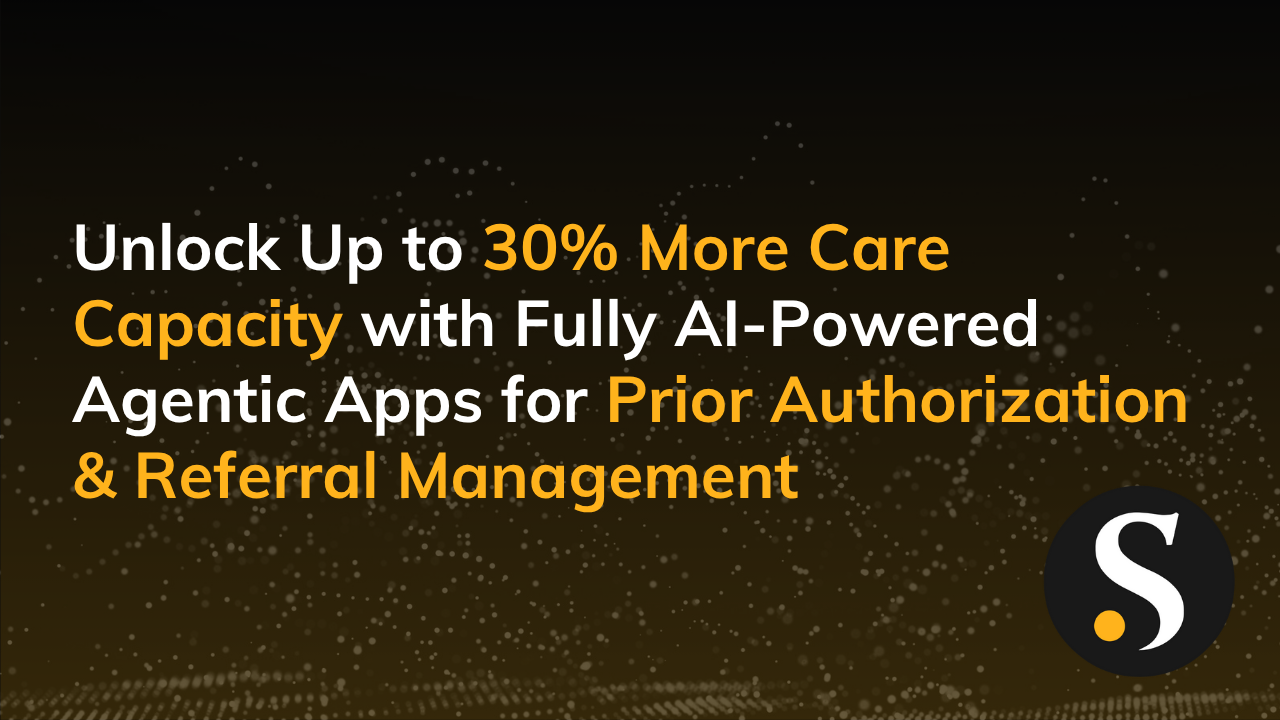The ability to leverage and use data is no longer seen as cutting edge or nice-to-have. It’s quickly becoming an assumed capability for any organization. You already know this, but your organization is dealing with common data analytics challenges—antiquated legacy systems, data governance issues, and poor data warehousing implementation.
Data warehousing is considerably more economical than it was even a few years ago—and DW projects are more successful than they were even a few years ago.
Of course, that doesn’t translate to ease when it comes to implementing and maintaining a data warehouse. Which is why we came up with a data warehouse quick-start guide to help you learn a few best practices, along with do’s and don’ts to keep in your back pocket.
What is a Data Warehouse?
At its base, a data warehouse is a centralized repository for integrated data from numerous source data systems (Finance, Sales, Operations, etc.) which is most commonly leveraged for reporting and data analysis. Data warehouses are also often used to integrate data from disparate sources for ingestion within another system. Data warehouses are powered by a relational database engine.
Why a Data Warehouse is Important
Manual data integration is an error-prone, time-intensive process that often yields different results based on the organizational perspective of the person running the process. Organizations will never fully get away from this.
There will always be compelling, valuable reasons to do ad hoc analysis. However, almost every organization can benefit from consolidating and automating the data they review regularly.
Data warehouses are important because they create a centralized, automated single version of the truth for teams and organizations.
Data Warehousing and Business Intelligence
Our professional services team here at Skypoint Cloud talks a lot about the Five Cs of Data Warehousing:
- Curated – The noise is removed and datasets are curated to what users need (most of the time, in most of the cases).
- Convenient – Data is easy to access for the people who need to access it.
- Correct – Data is validated and trustworthy.
- Consolidated – Relevant data lives in one place.
- Consumable – Data is available and ready for consumption by people, processes, and tools.
I think it’s helpful to think of the business intelligence function in an organization as a marketplace.
On one side, you have your customers (“the business”) who have a demand for both custom, situational analysis, and consistent trustworthy reporting. Then on the production side, you have the BI team responsible for delivering a consistent, quality product to their customers efficiently.
Do’s and Don’ts of Data Warehousing
Like anything else, there is a right way and a wrong way to approach data warehousing. Below we gathered our top do’s and don’ts for data warehouse implementation to help you out.
Things to do…
- Make sure your initial business case(s) is solid and value is clear.
- Ensure that business and IT are aligned and mutually committed.
- Get a strong, experienced team in place—everyone learning everything for the first time will be challenging, expensive, and increase project risk.
- Garner executive support…without it, the road will be much more difficult.
- Work with key stakeholders to set a vision for a data culture at your organization.
- Go where the momentum is. Support the people who will use the tools and realize value…let demonstrable value convince skeptics.
- Choose your BI tools wisely.
Things to avoid…
- Don’t try to boil the ocean…have a vision and built towards it agilely.
- Don’t forget to deliver value early and often. Demonstrating regular value is a surefire way to create the buy-in to achieve the overall vision.
- Don’t forget to train people. You’ll have numerous people occupying numerous roles using new tools. It’s important to give everyone foundational training that helps them do the jobs they need to.
- Don’t get discouraged by data hurdles. There will be problems, but they can be fun to solve!
- Don’t kick the data governance can too far down the road.
It can feel daunting—or even scary—to take on a new data warehousing initiative, but you don’t have to go at it alone. Reach out to us to have an exploratory conversation for your data needs.




